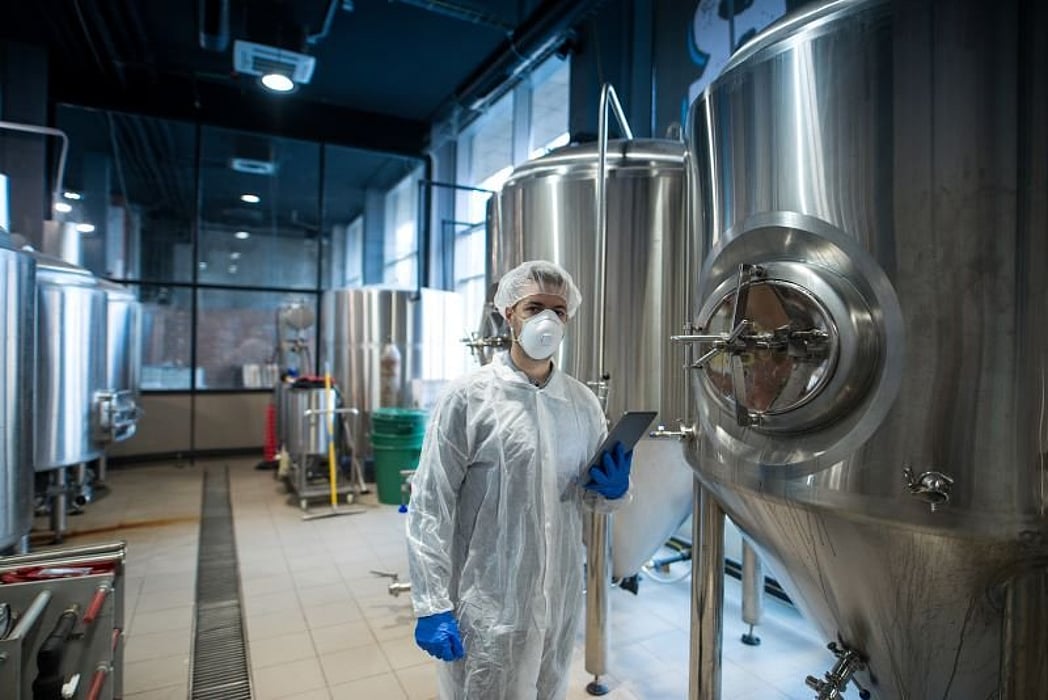EPA Proposes Limits on Dangerous Chemical Used by Medical Sterilization Plants

WEDNESDAY, April 12, 2023 (HealthDay News) -- The U.S. Environmental Protection Agency on Tuesday proposed limiting the use of a chemical used to clean medical equipment in sterilizing plants because it also raises cancer risks for workers. The agency plans to slash emissions of the odorless gas -- ethylene oxide -- by about 80 percent at 86 medical sterilization facilities.
Long-term exposure to the chemical over the course of a working career or from living near a sterilizing plant can increase the risk for certain types of cancer, including lymphoma and breast cancer, the agency explained. People who go to school near places where ethylene oxide is used are also potentially at an elevated risk for cancer.
Ethylene oxide, which is classified as a pesticide, is used to sterilize about half of all medical devices in the United States, including pacemakers, syringes, catheters, and plastic surgical gowns, according to the agency.
Under the proposal, sterilization facilities will need to test for the antimicrobial chemical in the air. They also will need to make sure pollution controls are working. The agency also proposed requiring protective vapor masks for those working near high amounts of ethylene oxide. Some workplaces, including museums, should stop using the gas, it said.
Reaction to the proposal was swift.
"I'm relieved and pleased that the EPA has finally issued proposed standards that are based on their own scientists' recommendations on an updated, higher cancer risk value," Darya Minovi, a senior research analyst with the Union of Concerned Scientists, said in a statement. Minovi added that the proposal should have also required monitoring at facility fence lines to reassure neighbors.
Scott Whitaker, president and CEO of the Advanced Medical Technology Association, said in a statement that the EPA risk assessment overstates threats to employees. Not only that, but many devices "cannot be sterilized by another method," Whittaker explained, and if some facilities close, medical care may be delayed. Whitaker also called the 18 months allowed for installing technology to reduce emissions "much too short," adding that "it could take many months for abatement equipment to arrive. Supply chains and manufacturing are still recovering from the pandemic."
Related Posts
Bladder Trouble Worsens With Age for Women, Study Confirms
FRIDAY, Dec. 17 2021 (HealthDay News) -- A new study confirms what many older...
Gestational Phthalate Exposure Tied to Childhood Lung Function
WEDNESDAY, Oct. 19, 2022 (HealthDay News) -- Gestational exposure to phthalates...
Is That Hand-Me-Down Crib or Stroller Safe? Most Parents Unsure, Survey Finds
MONDAY, May 15, 2023 (HealthDay News) – Baby equipment is costly, so many...
